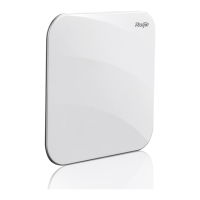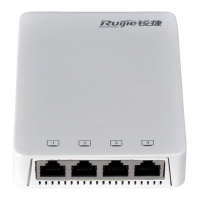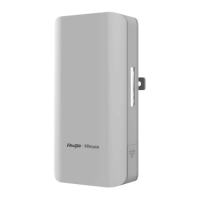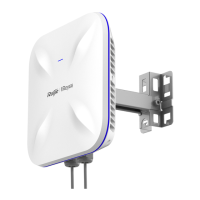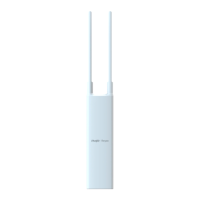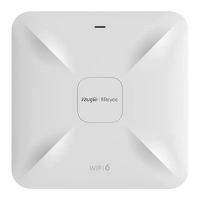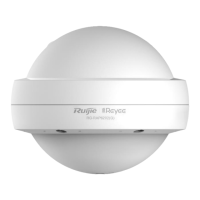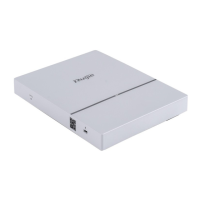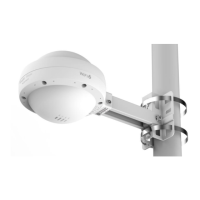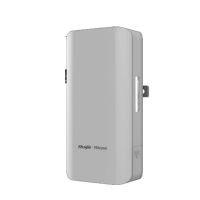Configuration Guide Configuring DHCPv6
The DHCPv6 client includes the IA information of the conflicted addresses in the Decline message.
After receiving the Decline message, the DHCPv6 server marks the addresses in the Decline message as "declined"
and will not allocate these addresses . Then, the DHCPv6 server sends a Reply message carrying the state option to
the DHCPv6 client. You can manually clear addresses marked as "declined" to facilitate re-allocation.
Related Configuration
Enabling the DHCPv6 Server Function on an Interface
By default, an interface is not enabled with the DHCPv6 server function.
You can run the ipv6 dhcp server command to enable the DHCPv6 server function for the interface.
The DHCPv6 server function must be enabled on a layer-3 interface.
Allocating Addresses Through the DHCPv6 Server
By default, the DHCPv6 server has no configuration pool and is not configured with addresses to be allocated.
You can run the ipv6 dhcp pool command to create a configuration pool.
You can run the iana-address command to configure addresses to be allocated and the preferred lifetime and valid
lifetime values.
Clearing Conflicted Addresses Through the DHCPv6 Server
By default, the DHCPv6 server does not clear conflicted addresses that are detected.
You can run the clear ipv6 dhcp conflict command to clear conflicted addresses so that these addresses can be
reused.
Enabling the DHCPv6 Client Address Request Function on an Interface
By default, an interface is not enabled with the DHCPv6 client address request function.
You can run the ipv6 dhcp client ia command to enable the DHCPv6 client address request function for the interface.
The DHCPv6 client address request function is effective only on a layer-3 interface.
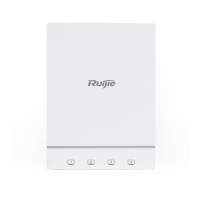
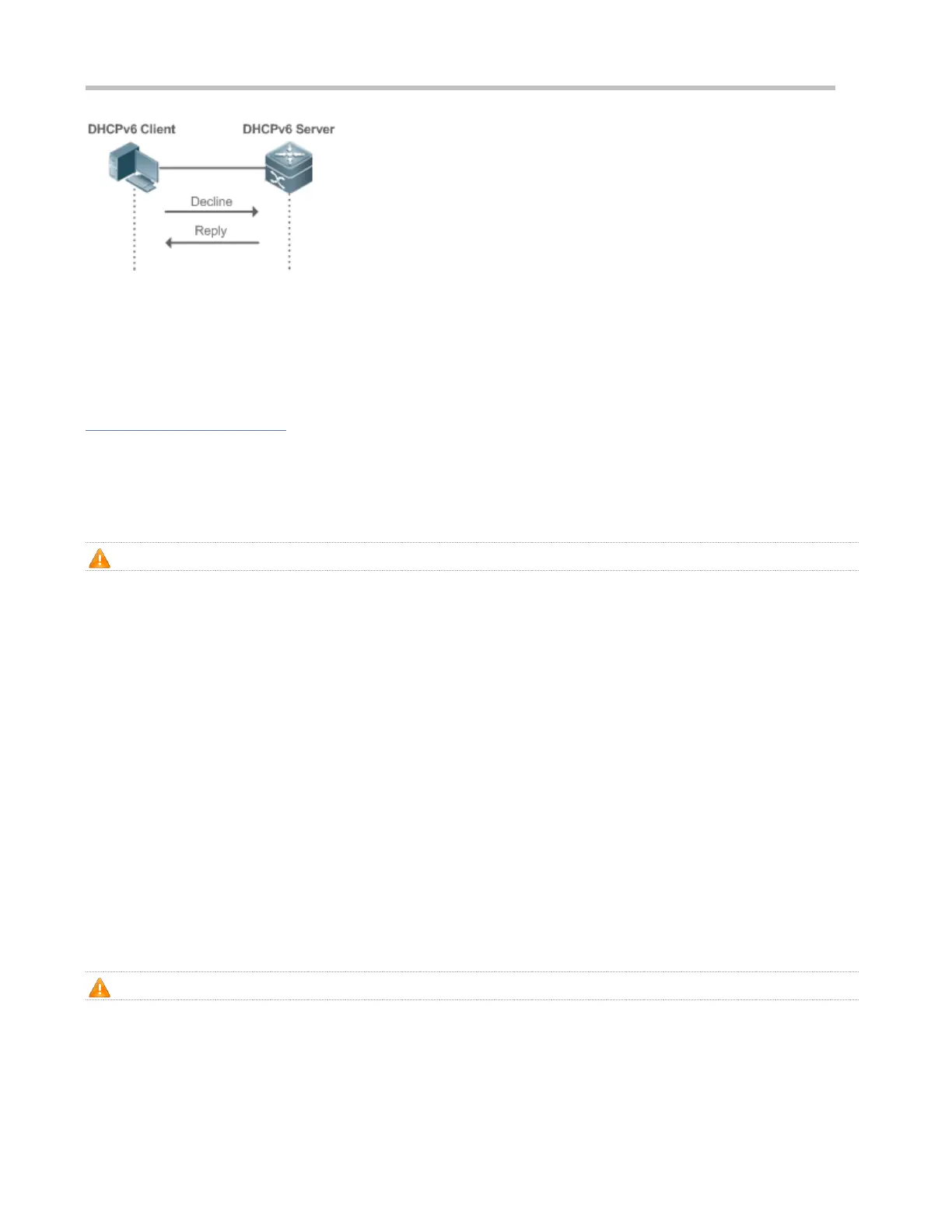